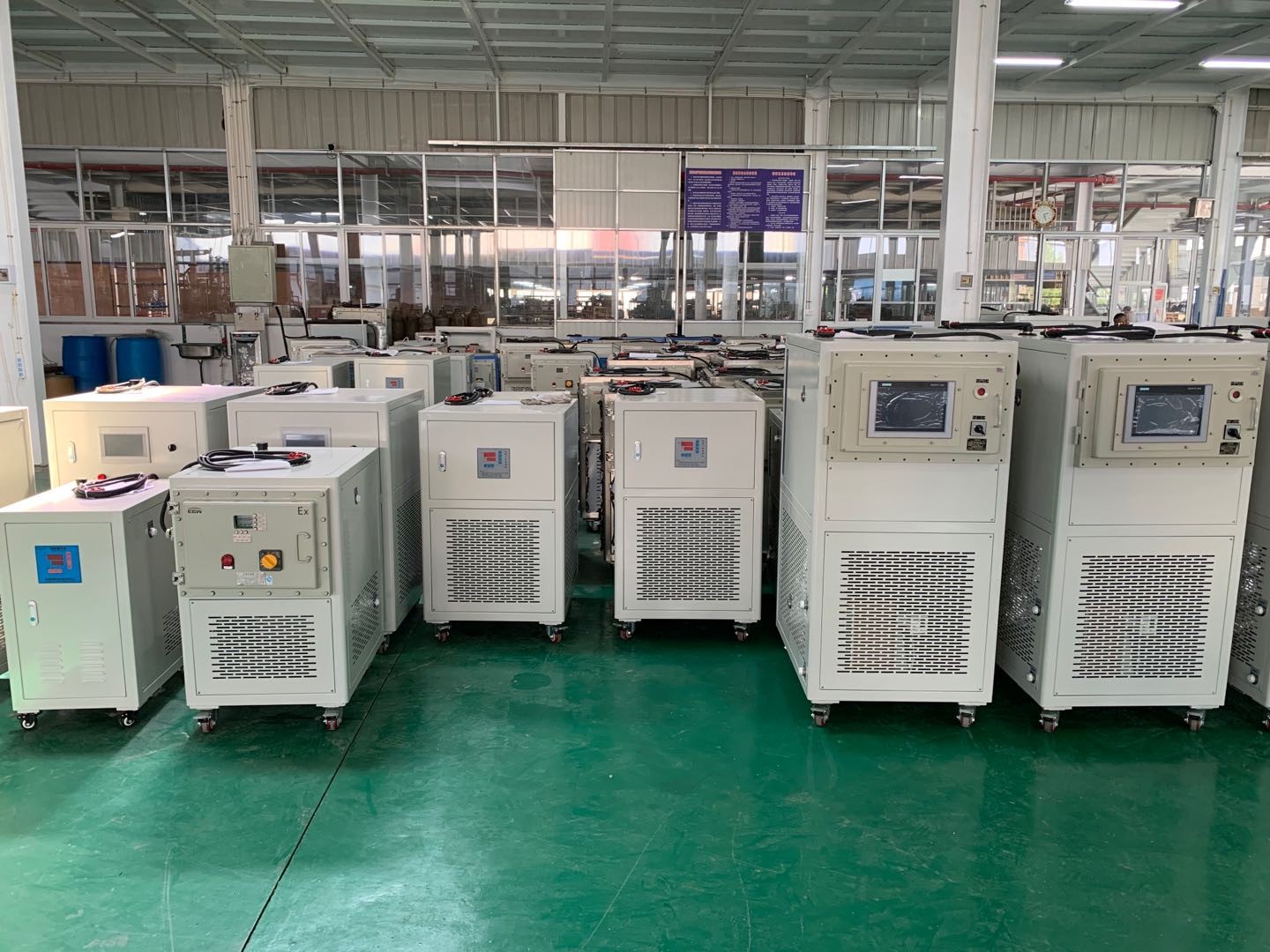The design, efficiency and durability of temperature-control units (TCUs) have improved process control across the plastics industry since they were first used in the 1960s. Because TCUs are generally so reliable and versatile, they often get moved around a lot and are connected to different water sources and a variety of molds and process equipment. Because of this transitory existence, the number-one troubleshooting concern for TCUs typically involves leakage.
Leaks generally occur as a result of one of the following conditions — loose fittings; worn pump seals or seal failures; and water quality problems.
One of the most obvious sources of leaks is loose fittings. These may occur when manifolds, hoses or pipe fittings are initially assembled and connected to the TCU. Leaks can also develop over time as the TCU undergoes heating and cooling cycles. To make a leak-tight connection, it is always best to:
• Inspect both the male and female thread for any contamination or damage.
• Apply sealant to the male thread, using three wraps of Teflon (PTFE) tape, and then apply plumber’s liquid sealant starting at the second thread, so the first taped thread engages cleanly. (Note: for PVC threads, use only a liquid sealant, since the added bulk of PTFE tape or paste sealants can and will cause cracking.)
• Screw the male thread into the female thread until it’s hand-tight. Mark a line across both the male/female surfaces of the connection to indicate the initial seating position.
• Tighten the connection using an adjustable wrench (not a pipe wrench), using either TFFT (finger-tight plus 1.5 turns) or a torque wrench, and mark the final tightening position on the adjacent surface.
Post time: Aug-15-2023


